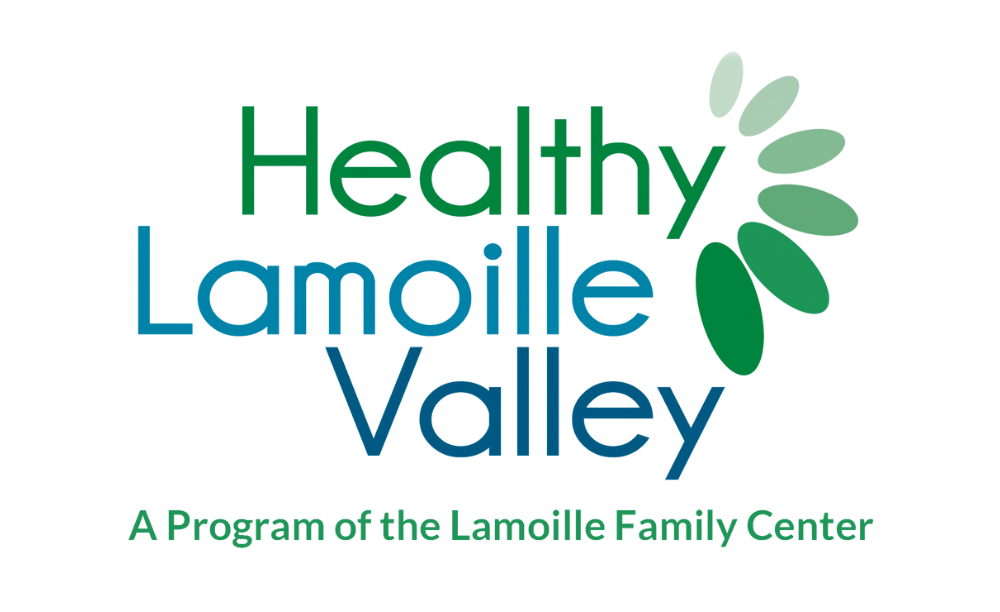Ways to Promote Leisure for Everyone
Before you begin, read how you might use TW2:
This perspective helps students see that leisure is not only personal—it is social, cultural, local and global. Leisure becomes a way to build empathy, responsibility, and stronger, more connected communities through making sure that every person, regardless of who they are, has a right to, and need for, positive leisure experiences.
All people—students, teachers, caregivers, and community members—deserve time to rest, play, reflect, and connect. TimeWise2 is grounded in the belief that everyone’s time is valuable, and that free time should be nourishing, meaningful, and accessible to all.
Free time and play are not just fun—they are rights. The United Nations Convention on the Rights of the Child (UNCRC) says every child has the right to play, relax, express themselves, and participate in culture and community. Exploring the UNCRC reminds students that leisure has the power to help everyone feel valued, connected, and included—and that we all have a role in making sure those opportunities exist.
As caring adults and educators, we are not only guiding students to explore their own relationships with time—we're also modeling what it looks like to value our own time. We recognize that teachers, counselors, program directors, coaches, parenting adults, and caregivers also face enormous demands and need space for rest and rejuvenation, active leisure pursuits, meaning making and joy. This curriculum is as much about creating a culture of collective care as it is about supporting individual youth.
Much of the following guidance was developed with input from our Healthy Lamoille Valley Educator Cohort to help make TimeWise2 inclusive, affirming, and relevant to the full range of experiences in your classroom and community setting. We are grateful for their input.
Foster Equity & Inclusion:
- Avoid assumptions about students’ family resources or parental involvement. Not all students have parenting adults and caregivers who are able to be actively involved due to factors such as work schedules, financial hardship, incarceration, shared custody, substance use, or mental health challenges.
- Be mindful of different levels of access to experiences. Some students may have limited exposure to structured extracurriculars or enrichment activities beyond screens or TV. Avoid language that might unintentionally shame or “other” these experiences. Support the sharing of all activities to expand the diversity of activity and skill development.
- Create space for students with mental health and substance-related needs. Some learners may be navigating anxiety, depression, trauma, or other challenges or may be using regularly or experimenting with substances. Strive to make activities reflective, flexible, low-pressure, and supportive.
- Use gender-neutral and multicultural names in examples and role plays. For instance: "Angel said they’d like to try painting after school." This helps all students feel represented and respected.
- Avoid reinforcing stereotypes. Be thoughtful not to link certain activities or interests to specific genders, cultures, or family types. Encourage curiosity and individual exploration.
- Develop Leisure Ethic. Encourage students to reflect on how their free time relates to values like kindness, responsibility, and inclusion.
Support Accessibility & Learning Differences
- Offer visual supports for role plays or scenarios. In addition to reading scenarios aloud, provide a visual version—on paper, projected, or on student devices. This supports visual learners and helps ensure ADA accessibility.
- Use ADA-compliant fonts wherever content is printed or displayed.
Reflect Spiritual Diversity
Update religious references for inclusivity. In materials such as the original TimeWise manual, replace specific terms like “church” with more inclusive phrases like “spiritual” or “faith-based.” Let us know if you find other language that could be updated with an equity lens.
Connect Leisure with Global Citizenship
- Connect TimeWise2 to global citizenship standards (empathy, cultural awareness, community engagement).
- Introduce global perspectives: explore how leisure and fun are experienced in different countries and cultures.
- Include short videos or stories about how children around the world spend their free time.
- Facilitate comparisons and conversations on access to free time, cultural practices, and global equity.
- Frame discussions and activities using SEL language (e.g., “How did this activity make you feel?” “How does it connect to your values?”).
- Introduce stories, videos, or short examples of how children around the world spend their free time. Facilitate comparisons and conversations about access, equity, and cultural practices. Connect to global citizenship standards such as empathy, cultural awareness, and community engagement.
- Use reflective questions during debriefs:
-What did you learn about yourself or others?
-How did collaboration impact your experience?
-How can this help us strengthen our community?
- Align group activities with global citizenship values:
-Plan inclusive, culturally diverse or service-oriented projects. Example: multicultural game day, community art, or local service during recess.
-Explore how social media and digital platforms shape free time, identity, and connection to global trends.
Promote Belonging in Local Communities
We all belong to many communities—our neighborhood, family, school, programs, and groups we spend time with. When we know what’s around us (parks, libraries, afterschool activities, fun spaces), we can explore new interests, create enjoyable experiences, and strengthen our sense of belonging. Friends, classmates, and family shape how we spend time, and we can also help others feel connected and included.





